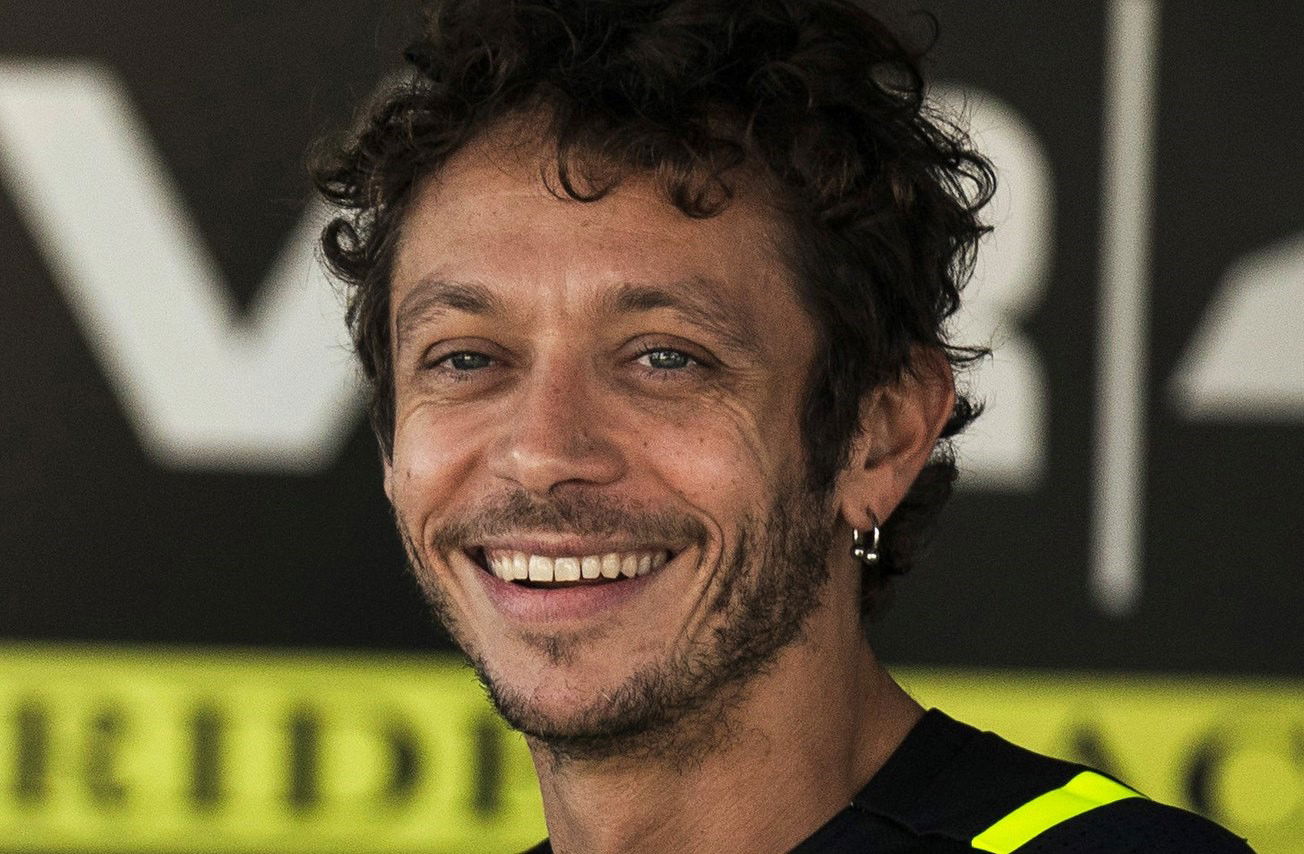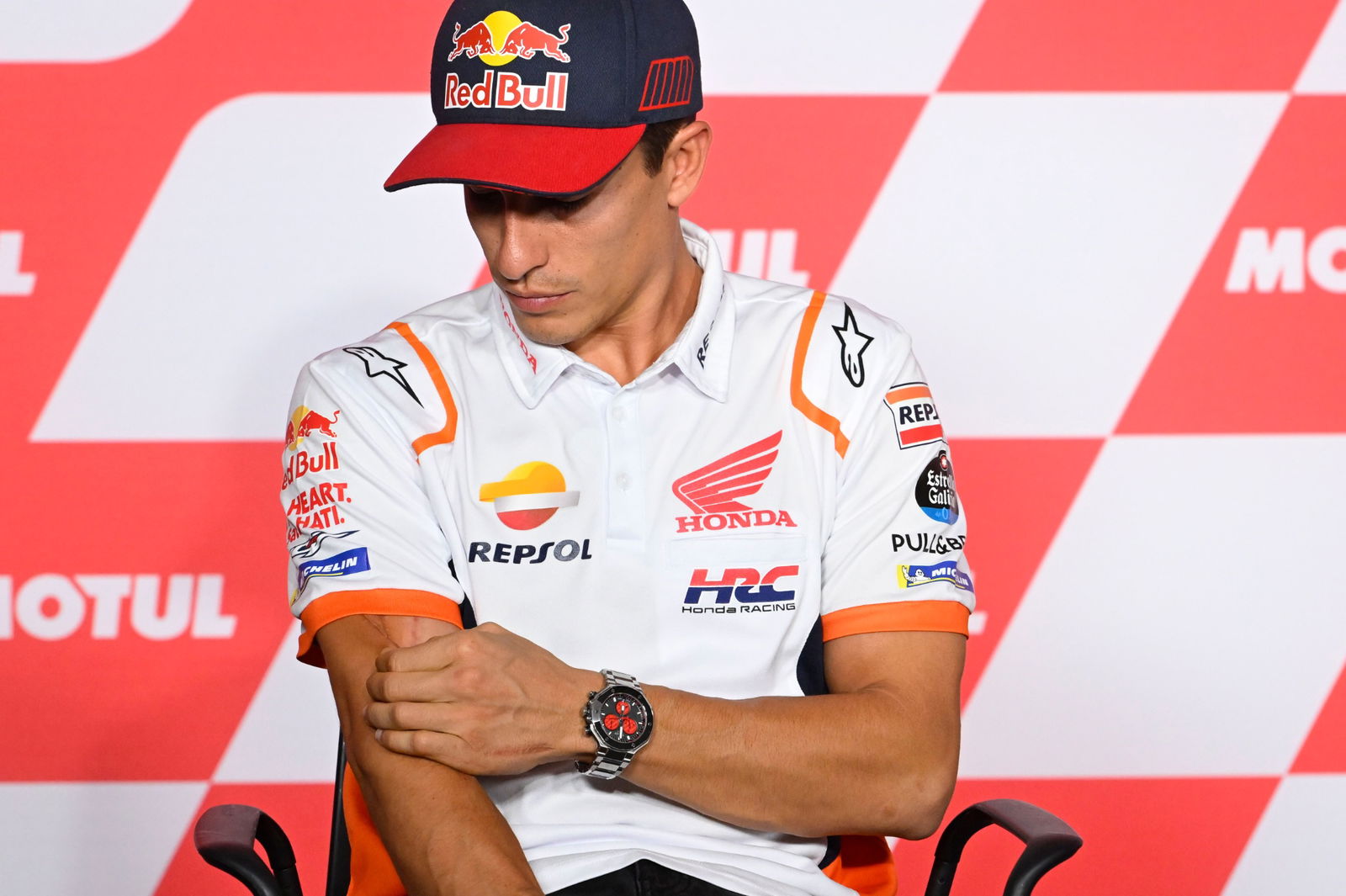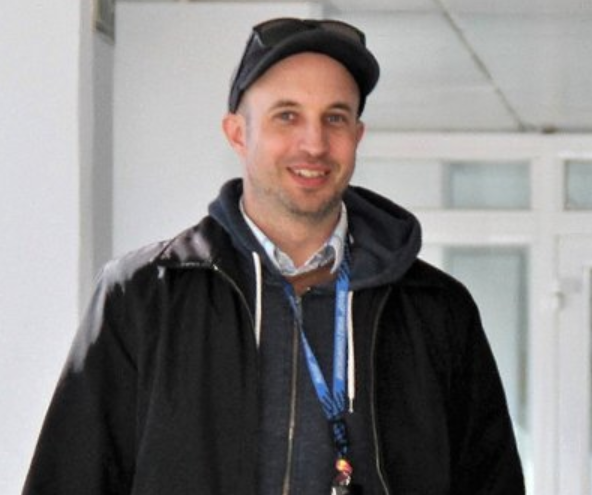‘Worst’ season for Japanese MotoGP factories: ‘Development is faster’ by Europeans

Fabio Quartararo and Yamaha took three wins on their way to title runner-up behind Francesco Bagnaia, with Alex Rins adding two victories for Suzuki.
But with Honda suffering its second winless campaign in three years, the remaining 15 events were conquered by the Europeans: Ducati (12), KTM (2) and Aprilia (1).
With Suzuki leaving the sport and RNF switching to Aprilia, there will now be just three Japanese-backed teams on this year's grid: Repsol and LCR Honda, plus Monster Yamaha.
- 'Motorcycle season is officially open' - Valentino Rossi back on two-wheels at Portimao
- KTM: Batteries not the ‘near future’ of motorcycles, against hybrid engines in MotoGP
- Jack Miller on ‘amazing’ MotoGP triple win attempt: ‘We’ll give it a crack’, ‘first quarter crucial’
Despite the growing success of European teams, Japanese factories have still won the MotoGP riders’ title 19 out of 21 times since the modern four-stroke era began, with the exception of Casey Stoner in 2007 (Ducati) and now Bagnaia.
18 of those titles were for Honda or Yamaha riders and Bagnaia expects a stronger challenge from the Japanese giants in 2023. But the Italian - who swept to the title with seven wins and overcame five non-scores - also warned that Ducati will keep raising the bar.
“Sincerely yes,” Bagnaia replied, when asked if he expected the Japanese factories to be stronger this year. “But I expect more performance also from us.”
In terms of why MotoGP momentum has swung towards the Europeans, Bagnaia pinpointed the approach to bike development.
“Europeans have a different way to work for sure. As soon as they have new things, they let us try,” he said.
“For the Japanese in the past this was difficult. I don't know [exactly] the approach of Yamaha or Honda [now] but I'm sure that with the approach of the Europeans, the development is faster.”
That’s not always a good thing of course, Bagnaia and Ducati struggled with engine modifications at the start of 2022 while KTM has changed its approach to focus on more carefully targeted parts.
“We try many things as soon as we have them, but also it's more easy to be distracted,” Bagnaia admitted. “So it's a different approach. I like it sincerely, because when something is ready to try, I like to try it.
“But this is the biggest difference between us and the Japanese manufacturers I think.”


